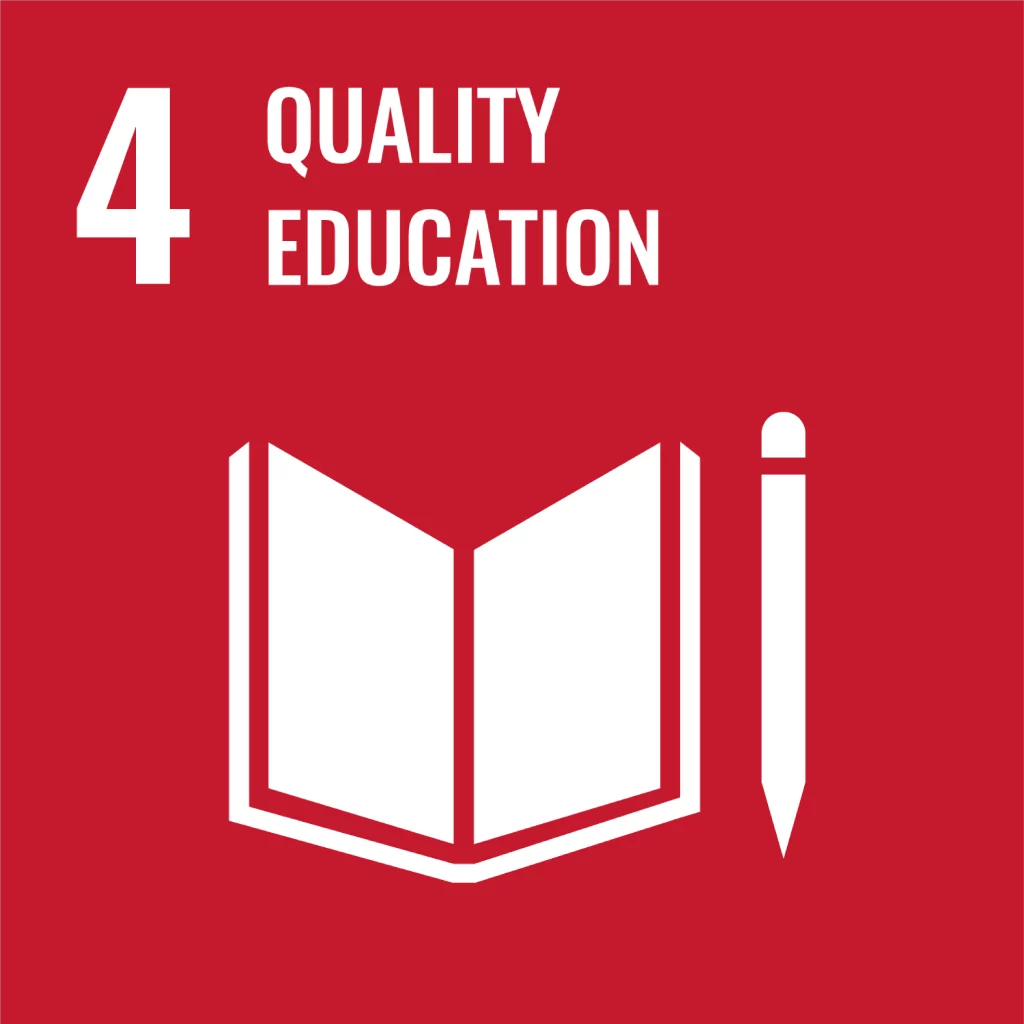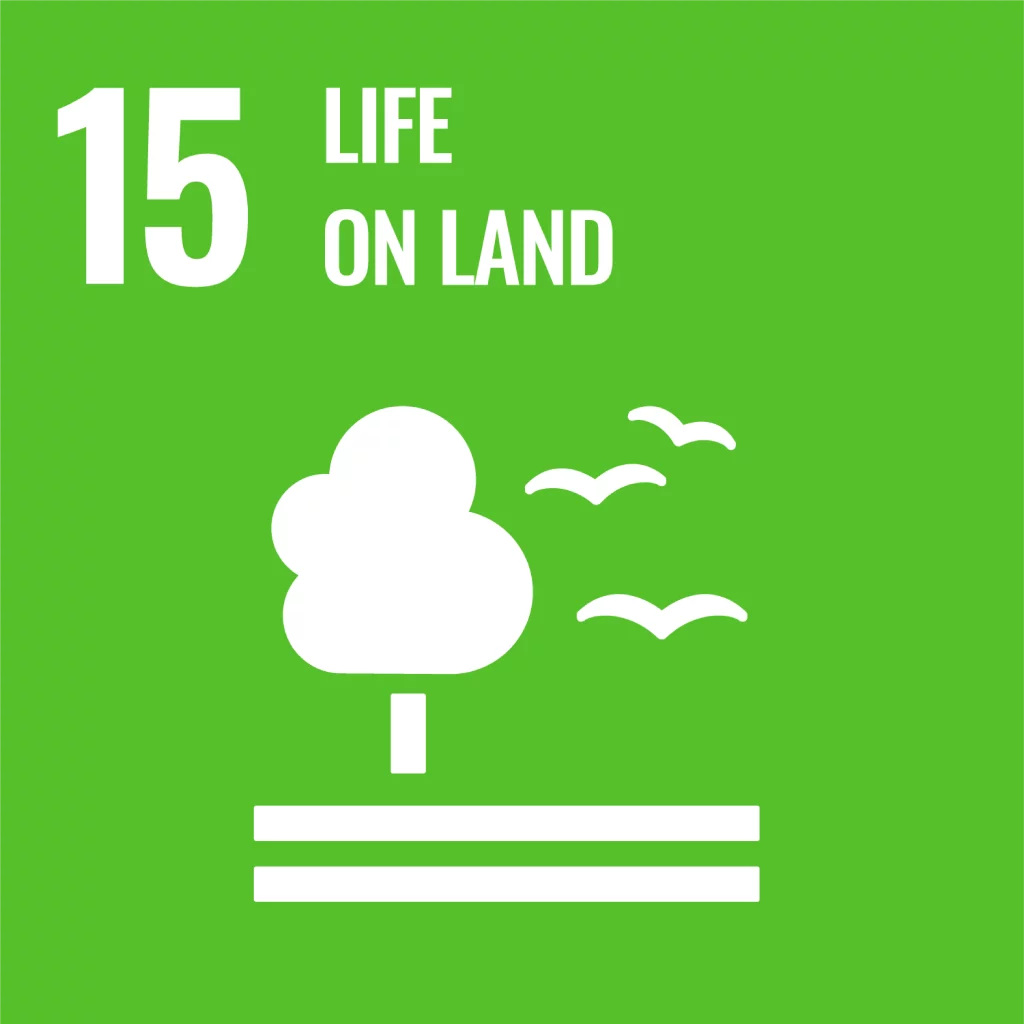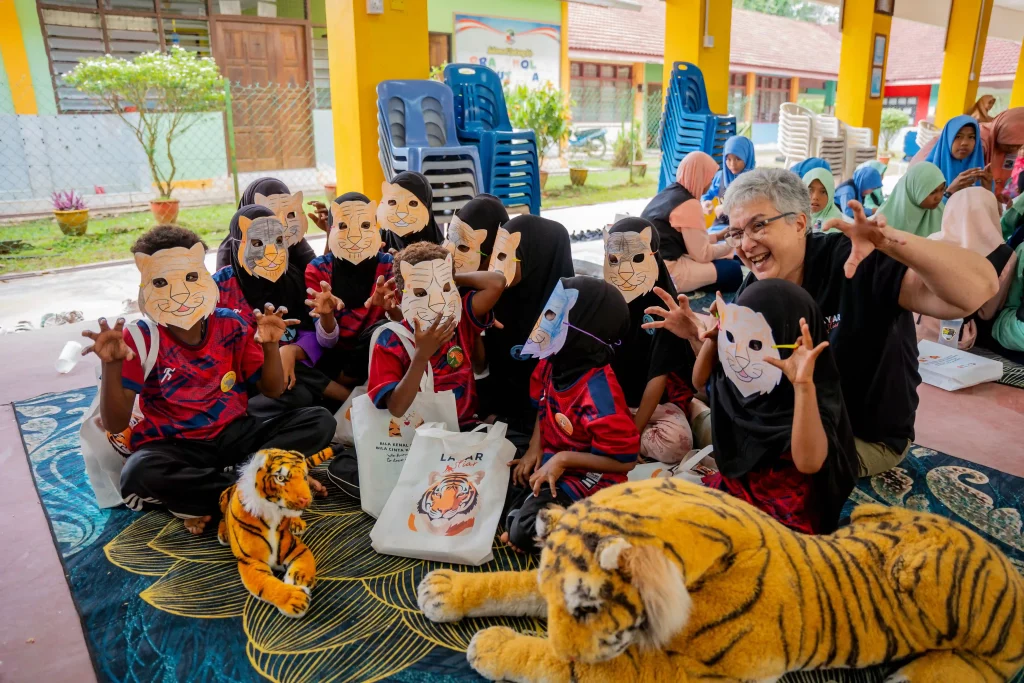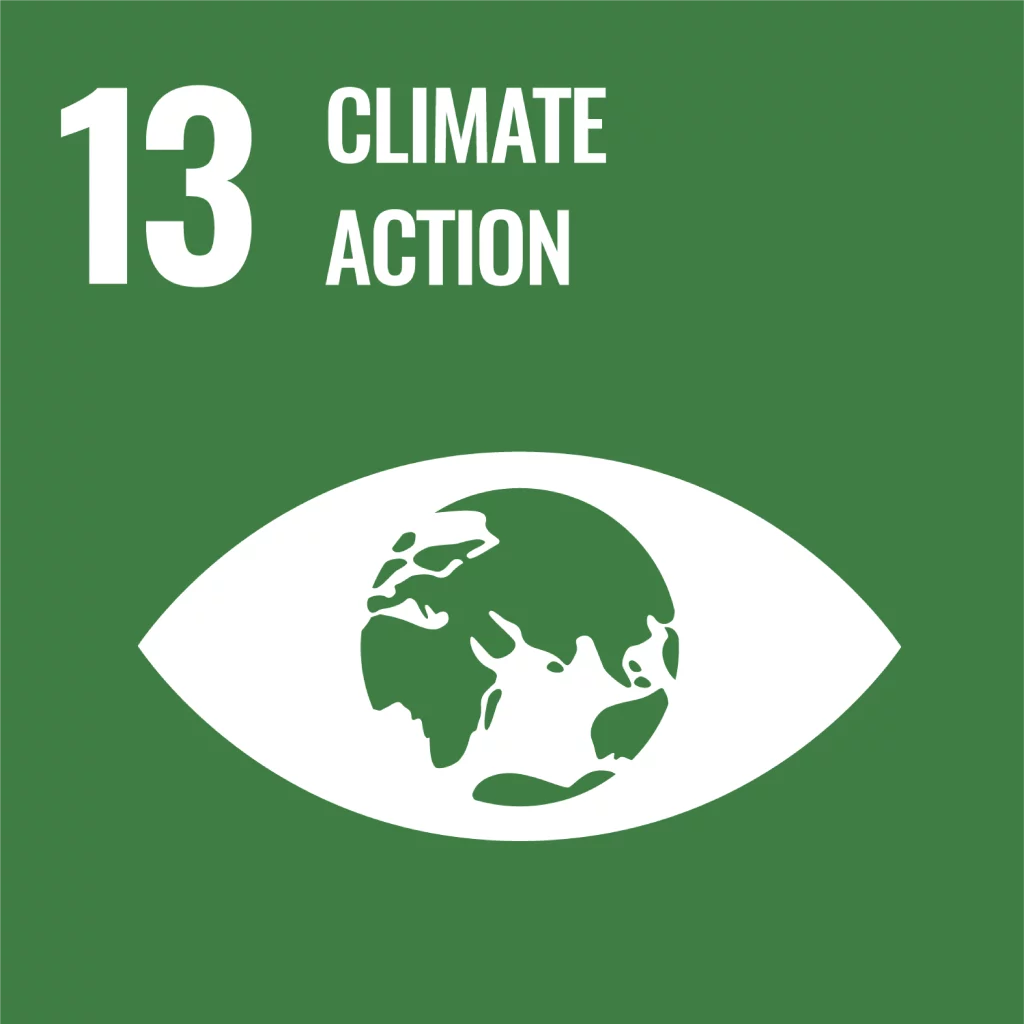Yayasan Sime Darby Annual Report 2025

Life On Land

439
pledges collected in Kinabatangan and Kenyir to stop hornbill hunting
330
saplings of 9 hornbill-preferred species propagated
15
artificial nest boxes installed and natural cavities restored for safe breeding
Awareness programmes held in 4 states
(Sabah, Sarawak, Terengganu, Kuala Lumpur)
Posters, brochures, and colouring books to schools and rural communities
Educational materials distributed
Sabah State Action Plan for Hornbill Conservation secured
Malaysia’s first state-level policy for hornbill protection
SOPs developed for nest boxes, fig propagation and hornbill coexistence in oil palm estates

Building a National Movement for Malaysia’s Forest Guardians



Hornbills, known as Malaysia’s forest gardeners, are at the heart of a long-term conservation effort led by Yayasan Sime Darby (YSD) and Explore Gaia Enterprise (GAIA). Over the past six years, this partnership has driven both field-based recovery and public engagement to safeguard hornbill populations and their homes.
A key milestone in these efforts was the launch of Malaysia’s first National Hornbill Day in November 2024. The initiative was spearheaded by GAIA and YSD, and announced by the then Minister of Natural Resources and Environmental Sustainability, YB Nik Nazmi Nik Ahmad. The celebration was preceded by outreach programmes in Sabah, Sarawak, Terengganu, and Kuala Lumpur, reaching over 79,810 people and building strong public awareness and appreciation for these iconic birds.

Hornbills help in forest regeneration and health. It is only fitting that they have a dedicated day to honour them.
YB Nik Nazmi Nik Ahmad
Minister of Natural Resources and Environmental Sustainability
Hornbills are vital to forest health—dispersing hundreds of thousands of seeds annually—but all 10 hornbill species in Malaysia are under threat, one of them critically endangered. Decades of habitat loss, logging, and loss of large nesting trees make it harder for them to breed and survive.

Hornbills are literally rewilding Malaysia for us. They disperse up to 200,000 seeds a year, restoring forests for future generations.
Sanjitpaal Singh
Director of GAIA


With YSD’s RM2.6 million support, GAIA helped secure the Sabah State Action Plan for Hornbill Conservation, a landmark policy to protect all eight hornbill species found in Sabah. This plan strengthens enforcement, research, and statewide awareness while complementing national-level efforts for all 10 hornbill species across Malaysia. On the ground, GAIA is translating this policy into action—installing 15 nest boxes, restoring 19 natural tree cavities, and establishing nurseries for hornbill food plants along the Kinabatangan River.
Partnering with oil palm plantations, GAIA created feeding corridors using fig and native fruit trees, proving that biodiversity can thrive alongside agriculture. A major breakthrough from this collaboration was the development of Standard Operating Procedures (SOPs) for nest box installation, fig propagation, and hornbill coexistence in estates—providing a practical model for conservation within plantation landscapes. At the same time, GAIA expanded education efforts in schools and communities, nurturing appreciation for hornbills among students, teachers, and the wider society.
On the ground, a total of 2,125 students, teachers, and community members have been engaged through GAIA’s education efforts. Employees from Sime Darby Berhad, SD Guthrie, and Sime Darby Property now serve as hornbill ambassadors, championing conservation under the YSD Eco Citizen initiative.
The National Hornbill Day every 10th November marks a turning point—uniting Malaysians around a shared mission to protect these iconic birds and the rainforests they call home.

“Protecting hornbills is protecting ourselves.”
Dr. Ravinder Kaur
Scientific Director of GAIA
“Bila kita kenal, kita cinta, bila kita cinta, kita lindungi.”
“When we know, we love; and when we love, we shall protect.”
The school bell rings at SK Kuala Sat in Jerantut, Pahang, nestled deep in rural Malaysia, where children often know more about lions and giraffes than tapirs or hornbills. That changed when the Layar Liar screen lit up, bringing the magic of these Malaysians’ own forests to life. What began as Lara Ariffin’s startling discovery—that children often mistook African animals for Malaysian wildlife—has since grown into a nationwide movement. Beyond wildlife, the Layar Liar series also highlights Malaysia’s vital forests and the unsung heroes of conservation — reminding audiences that biodiversity is not a distant scientific concept, but a living, shared heritage. To date, it has touched 12,368 students and 586 teachers in 79 schools across eight states – Perak, Kelantan, Selangor, Johor, Terengganu, Pahang, Kedah, and Perlis.
Through engaging videos, interactive workbooks, and hands-on programmes, Layar Liar breaks barriers by making conservation accessible to children who rarely encounter wildlife. “It’s such a joy to see their faces learning about these new animals,” shares a facilitator. “Children realise even they can contribute to conservation.” At Sungai Dusun Wildlife Conservation Centre, students who once feared wildlife now see the tapir as “the gardener of the forest,” vital to keeping ecosystems alive.
With YSD’s support since 2021, Phase 1 produced 52 videos with over 1.1 million views, complemented by 52 downloadable workbooks. Phase 2 had scaled further with 20 new videos filmed in Sabah and Peninsular Malaysia, 8 workbooks, and 12 worksheets, already reaching over 9.2 million cumulative views online.
In addition, 294 students and 45 teachers have experienced the Piquing Into Conservation programme at PERHILITAN centres, where children interact with rescued wildlife—creating unforgettable moments.
To strengthen conservation education in rural areas, YSD also supported the distribution of 14,000 Wildlife Activity Books to 60 primary schools in Hulu Perak and Kuala Kangsar, Perak, giving children fun, informative materials that nurture awareness of Malaysia’s biodiversity.



Teachers like Nur Aina Najwa have witnessed remarkable change: “Children become excited learning about animals they never knew existed. They become more familiar with Malaysian wildlife instead of only knowing animals from other countries.”
The vision is bold yet simple—when children understand that their forests shelter sun bears, hornbills, and clouded leopards, they no longer see conservation as distant. They become custodians. Lara dreams of one day embedding Layar Liar into Malaysia’s mainstream education system, making every child a protector of their heritage. The seeds are planted. The future is growing.
72
Educational videos produced
10M+
cumulative online views
60+
workbooks & worksheets developed
14,000 activity books distributed to 60 schools
in Hulu Perak & Kuala Kangsar
294 students & 45 teachers experienced
conservation at PERHILITAN centres
79
schools engaged
12,368
students
586
teachers
A Forest Once Lost, Now Found
The Legacy of Bukit Piton



In the early 2000s, Bukit Piton in Sabah stood on the brink of ecological collapse. Once part of the Ulu Segama Malua complex, this 11,612-hectare reserve had been ravaged by logging and repeated fires. The canopy was largely gone, the land lay barren, and only an isolated population of 250 to 300 orangutans remained—cut off from other groups by the Segama River. Their future looked uncertain, and many considered the forest beyond repair.
That began to change in 2008 when the Sabah Forestry Department and SD Guthrie Berhad launched the restoration initiative on the highly degraded 5,400-hectares terrain. SD Guthrie committed RM25 million to support the work, with funding beginning that same year. Two years later, Yayasan Sime Darby (YSD) joined the effort, carrying forward the commitment and accelerated implementation on the ground. With this partnership, the project gained real momentum, and in just 15 years Bukit Piton has moved from wasteland to a thriving habitat—something that might otherwise have taken a century to recover on its own.
The restoration required hands-on effort and a great deal of patience. More than 300,000 trees from 95 native species, were planted across 4,724 hectares, an effort that required long-term care and commitment. A major turning point impact from the project came in 2012 when Bukit Piton was upgraded from a Class II Commercial Forest to a Class I Protection Forest Reserve, granting it permanent protection from logging or conversion. Since then, not only orangutans but wildlife such as banteng, clouded leopards, sun bears and pygmy elephants have been spotted again, captured on camera traps throughout the reserve.

“This long-standing collaboration has shown that when organisations work together, meaningful progress in restoring natural habitats and protecting endangered species can be realised.”
Datuk Mohamad Helmy Othman Basha
Group Managing Director of SD Guthrie



By 2014, surveys by WWF-Malaysia confirmed that orangutans were returning—nesting in areas once considered barren. Today, the orangutan population is estimated at around 400. Local communities have also played a vital role in the forest’s recovery. Around 25 residents from the Segama area were employed in planting and maintenance. Five community-run nurseries produced roughly 50,000 seedlings, generating about RM150,000 in income and deepening local knowledge of conservation. Villagers have now become active custodians—alerting authorities to poaching, monitoring forest health, and defending the land they helped restore.
The rebirth of Bukit Piton shows what persistence, partnership, and purpose can achieve. More than a story of trees or wildlife alone—it is proof that degraded land can be brought back to life, creating hope for nature and people alike.

“It is heart-warming to see orangutan nests in the thriving trees we planted together. Humans and wildlife can co-exist for many generations to come.”
Dr. Hjh Yatela Zainal Abidin
CEO of Yayasan Sime Darby
RM25 million
investment by YSD and partners over 10 years
Orangutan population grew
from 250-300 to around 400
25
local jobs created
4,724
hectares of restored with 300,000 trees from 95 indigenous species
5,400
hectares of degraded forest targeted for rehabilition in Bukit Piton
5 community nurseries established
producing 50,000 seedlings and generating RM150,000 income for villagers
Wildlife return recorded
including banteng, clouded leopards, sun bears and pygmy elephants
Reclassified in 2012
as a Class I Protection Forest Reserve, safeguarding the area from future logging or development
